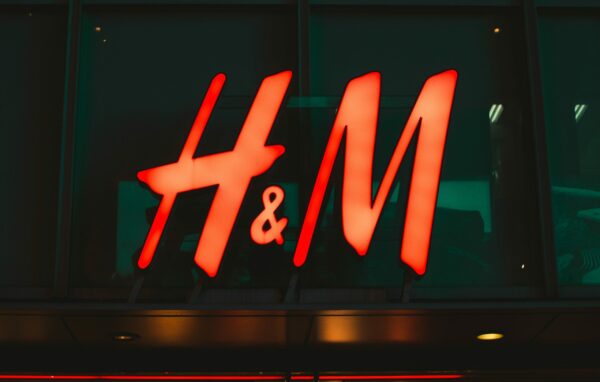Overview of H&M vs. Zara vs. Uniqlo
Three international apparel chains with more than 2,000 locations each include H&M, Zara, and Uniqlo. The rival businesses have comparable target audiences, but they manage the distribution of their product lines using distinct business models and different techniques.
These three garment wholesalers take different stances about their ownership of raw materials, where manufacturing takes place, and how they handle supporting brands. Here is a look at each business, their areas of specialization, target demographics, and how their brands have evolved over time.
H&M

Hennes & Mauritz, also known as H&M, is the oldest of the three. The low-cost shop, which was established in Sweden in 1947 and is well-known for its low costs, has become one of the most recognizable names in the fashion industry. In both its home country of Sweden and the United States, H&M is a publicly traded company. In Sweden, it was made public in 1974.
Over the past few years, H&M has grown significantly. As of February 2022, it had 4,167 open stores around the world, significantly more than Zara and Uniqlo.
With 548 open outlets, H&M’s entry into the American market has likewise been more rapid than that of its rivals.
In the next years, H&M intends to launch thousands more. As more customers make purchases online, H&M has been forced to close some of its physical locations. This is a reflection of the larger shift in the retail industry from traditional brick-and-mortar stores to ones that rely more heavily on e-commerce.
Zara

The newest member of the group, Zara started in Spain in 1975. Its flagship brand is owned by the world’s largest textile firm, Inditex. Because Zara controls all of the phases in its supply chain, it can create a product and have it on the shelves a month later. 2,000 stores are listed for Zara. With 406 sites (including Zara Home) in Spain, where the majority of its stores are located, as of June 2022, Zara had 99 stores operating there.
The goal of Zara’s approach is to provide more products than its rivals do. Zara produces significantly more than 10,000 items annually, compared to the 2,000 to 4,000 various garments that typical apparel companies develop and sell to the general market. This distinctive aspect of the business’s approach has helped Zara appeal to a wider range of clients with diverse tastes.
Uniqlo

Fast Retailing Co. acquired Uniqlo in November 2005; the company was first established in Japan in 1949. Around the world, Uniqlo has launched 2,000 stores in more than 25 regions. In the United States, Uniqlo was first introduced in 2006; as of May 2022, there were 43 locations. The majority of Uniqlo’s distribution networks are located in Japan, where there are 812 Uniqlo stores. Uniqlo’s distribution strategy has focused on the timeliness of the products’ store debuts, with new products being produced in response to demand rather than quantity.
Uniqlo adapts its designs to specifically imitate the minimalistic style that is favored in Japan in response to shifting trends in Japanese fashion. This may have an impact on Uniqlo’s attraction to Western distribution networks and may account for the company’s dearth of U.S. shop locations.
Image Credit: Unsplash
Recommended2 recommendationsPublished in Uncategorized

